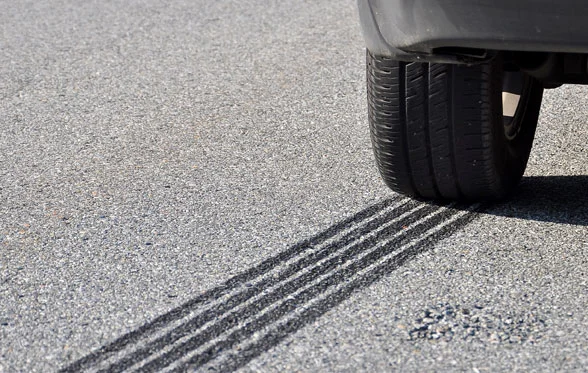Once the European Commission had finalised the legislation introducing average carbon dioxide (CO2) emissions limits for passenger car manufacturers and for light goods vehicle manufacturers (EU Regulation No's 443/2009 and 510/2011), they turned their attention to heavy duty vehicles, i.e. goods vehicles with a GVW exceeding 3,500 kg and passenger vehicles with more than eight passenger seats. According to the European Commission's estimates, heavy duty vehicles account for approximately 25% of the total road transport CO2 emissions in the EU, which equates to approximately 5% of the EU's total CO2 emissions.
Unlike the situation for passenger cars and light commercial vehicles, where test methods and type approval procedures for the measurement of fuel consumption and CO2 emissions have existed in European legislation for many years, no such European test methods and type approval procedures currently exist for heavy duty vehicles. Therefore, the European Commission's first task was to develop a suitable methodology for determining the fuel consumption and CO2 emissions of heavy duty vehicles.
From a fuel consumption and CO2 emission testing perspective, heavy duty vehicles are very different to passenger cars and light commercial vehicles in that they are produced in much smaller volumes and, a far greater number of options that affect the completed vehicle's fuel consumption and CO2 emissions are available, e.g. engine and gearbox options, axle and drive axle configurations, tyre sizes and specifications, cab styles, bodywork configurations, etc. Therefore, it was recognised at an early stage that it would not be feasible to subject every possible vehicle configuration to fuel consumption and CO2 emissions testing on a chassis dynamometer, as is done for passenger cars and light goods vehicles. Instead of this approach, the European Commission have developed a calculation tool which allows the fuel consumption and CO2 emissions of specific vehicle configurations, to be calculated using input data measured from the components and systems that make up the completed vehicle, e.g. fuel consumption data from engine dynamometer testing of the engine, rolling resistance data for the tyres, aerodynamic drag information for the completed vehicle, etc.
Work on the development of this calculation tool, the Vehicle Energy Consumption Calculation Tool (VECTO), began in 2009. It has been developed by the European Commission and the EU's Joint Research Centre (JRC) with input and assistance from heavy duty vehicle manufacturers and their suppliers. It follows similar principles to the heavy duty vehicle fuel consumption and CO2 emissions calculation tools specified in US and Japanese legislation, but incorporates more input data on the vehicle's components and systems to provide more accurate results.
At a Technical Committee - Motor Vehicles (TCMV) meeting on 12th May 2016, the European Commission presented a first draft of the Implementing Regulation that will introduce VECTO and the associated type approval procedures into EU legislation. Most of the key technical information is missing from this first draft of the Regulation, but it does give an indication of the European Commission's intentions regarding the implementation of fuel consumption and CO2 emissions requirements for heavy duty vehicles. For instance, the draft Regulation specifies that, whilst off road vehicles and special purpose vehicles will be exempt from its requirements, it will be necessary for manufacturers to determine fuel consumption and CO2 emissions figures for completed vehicles even if they are finally type approved utilising National Small Series Type Approval (NSSTA) or National Individual Vehicle Approval (IVA) schemes.
Although the current version of the draft Regulation does not include a specific introduction date, the European Commission's target is for it to be implemented during 2018 and for it to be applicable to all new vehicles registered from that point in time.
